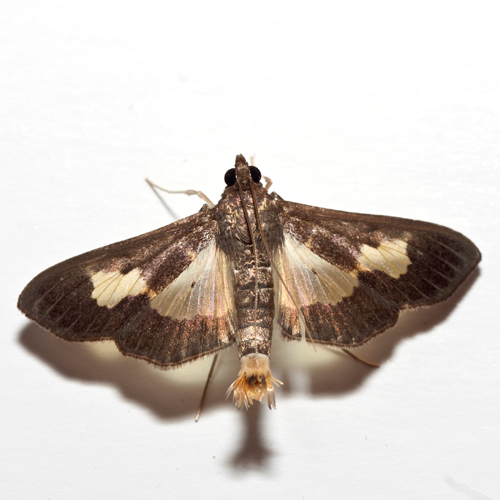By Lorena Lopez and Tom Kuhar
This week, pickleworm larvae have been detected in the Virginia Beach area, Chesapeake, and Portsmouth. If you have late plantings of squash beware of the presence of this pest in the area. Also, pumpkins could be infested by pickleworms borrowing into the fruit or feeding on the surface of the fruit. Here is a brief description of pickleworm larvae and adults, as well as options for management.
Pickleworms feed on wild and cultivated cucurbit species. Adults are not active during the day, only at night when females lay their eggs close to flowers or flower buds. The larvae burrow into the fruit where it feeds and develops. Larva color varies from light green to translucent with multiple dark spots and varies in size from 0.05 to 0.6 inches long.
Management: Pyrethroid insecticides can be effective at controlling this pest if sprayed in a timely manner (i.e., lambda-cyhalothrin, permethrin, bifenthrin, Baythroid XL, Mustang Max, etc.), but they are not IPM compatible and can result in outbreaks of secondary pests such as aphids. Usually two or more sprays of pyrethroids in late summer can cause severe aphid problems. Other insecticides that control pickleworms include Radiant and Entrust (spinosyns), the diamide insecticides like Coragen and Harvanta, the insect growth regulator Intrepid, and the lepidopteran-targeting insecticide Avaunt eVo (Indoxacarb). These products will have less non-target impacts than pyrethroids and also control pickleworm.


